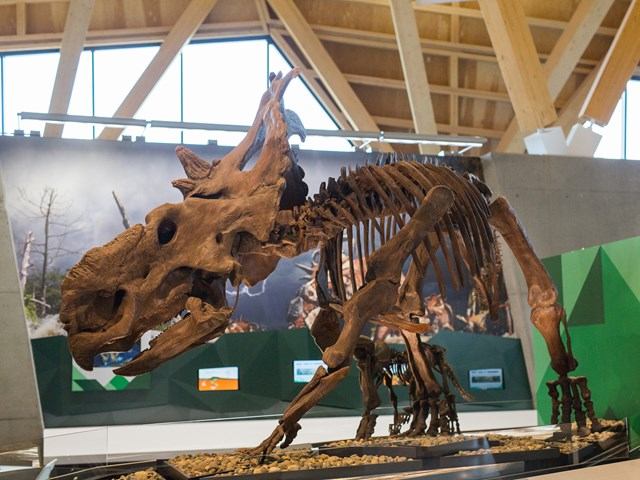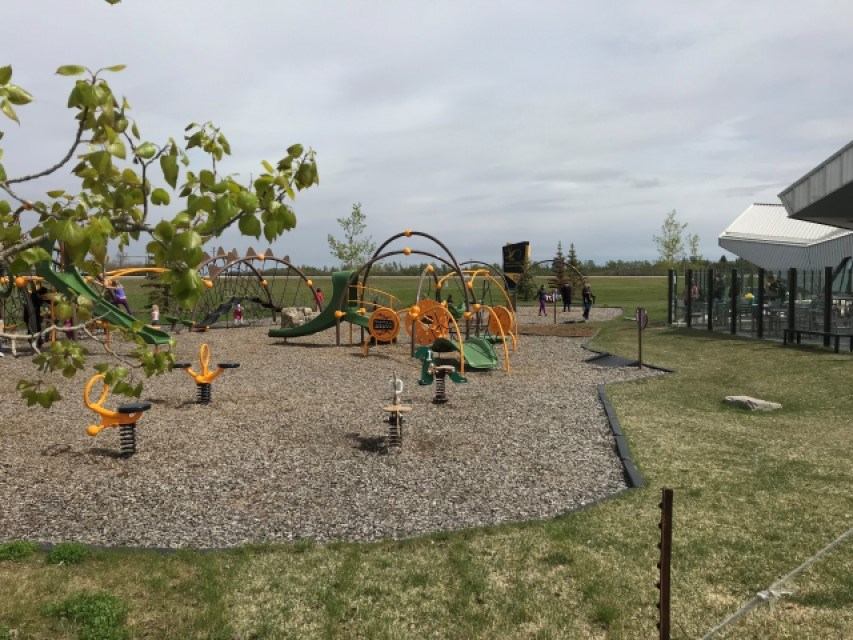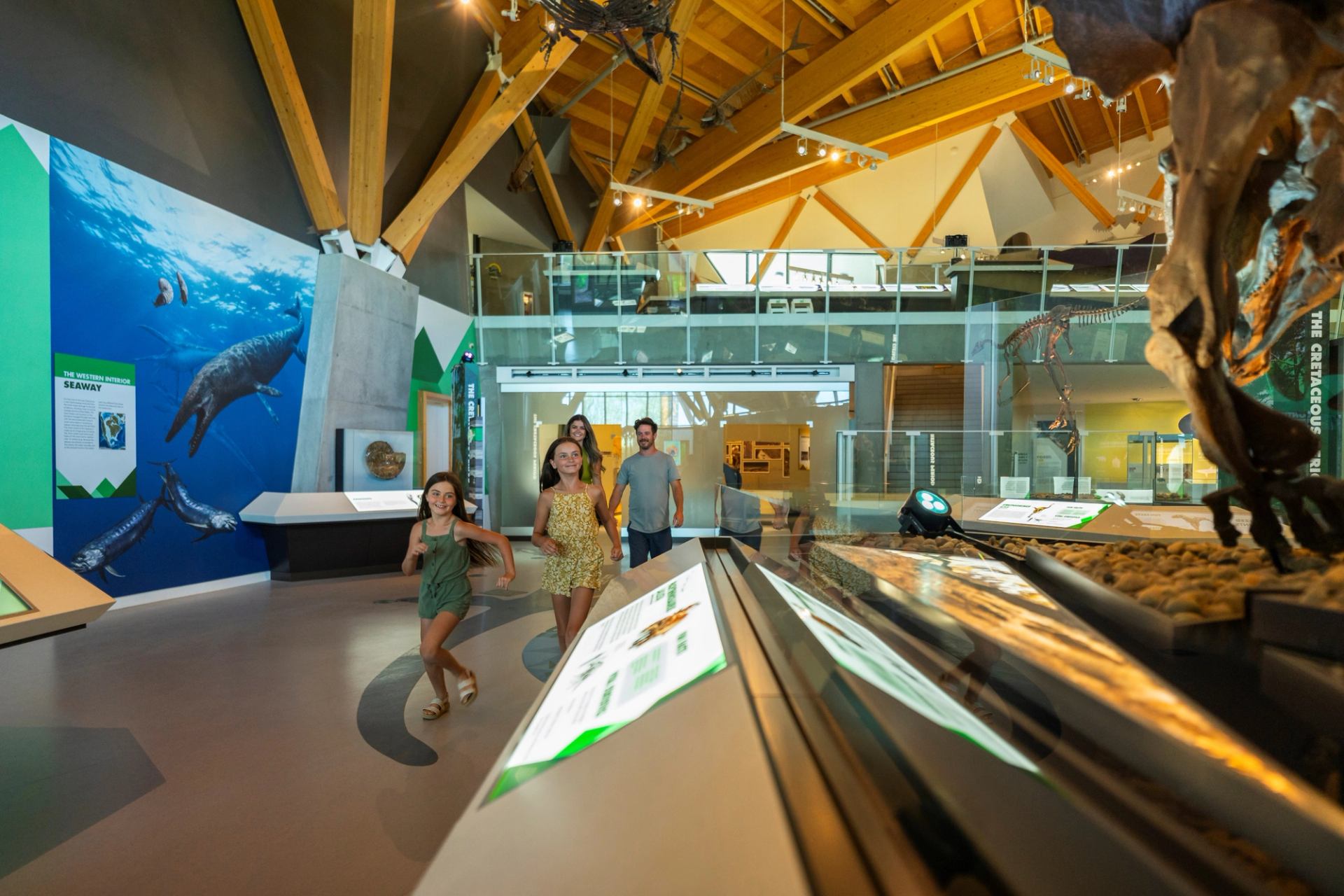1 / 5
This world-class research facility in the Northern Rockies is also a ton of fun. You’ll find it in Wembley, which is 24 km (15 mi) west of Grande Prairie. More importantly, it’s close to the Pipestone Creek Bonebed, an area rich in fossils and ancient insights. The museum opened in 2015 and is named after renowned paleontologist and curator Philip J. Currie, whose many contributions to science and the province include helping to found the Royal Tyrrell Museum of Paleontology in Drumheller. The permanent collection focuses on the Pipestone Creek Bonebed but also includes other significant findings. Special programs include Night at the Museum activities, the Secrets of the Wapiti River Float and the Paleontologist for a Day Guided Excavation. The museum’s theatre, restaurant, gift shop and outdoor playground make it an excellent place for families to “bone up” on their dinosaur knowledge.
Read more



